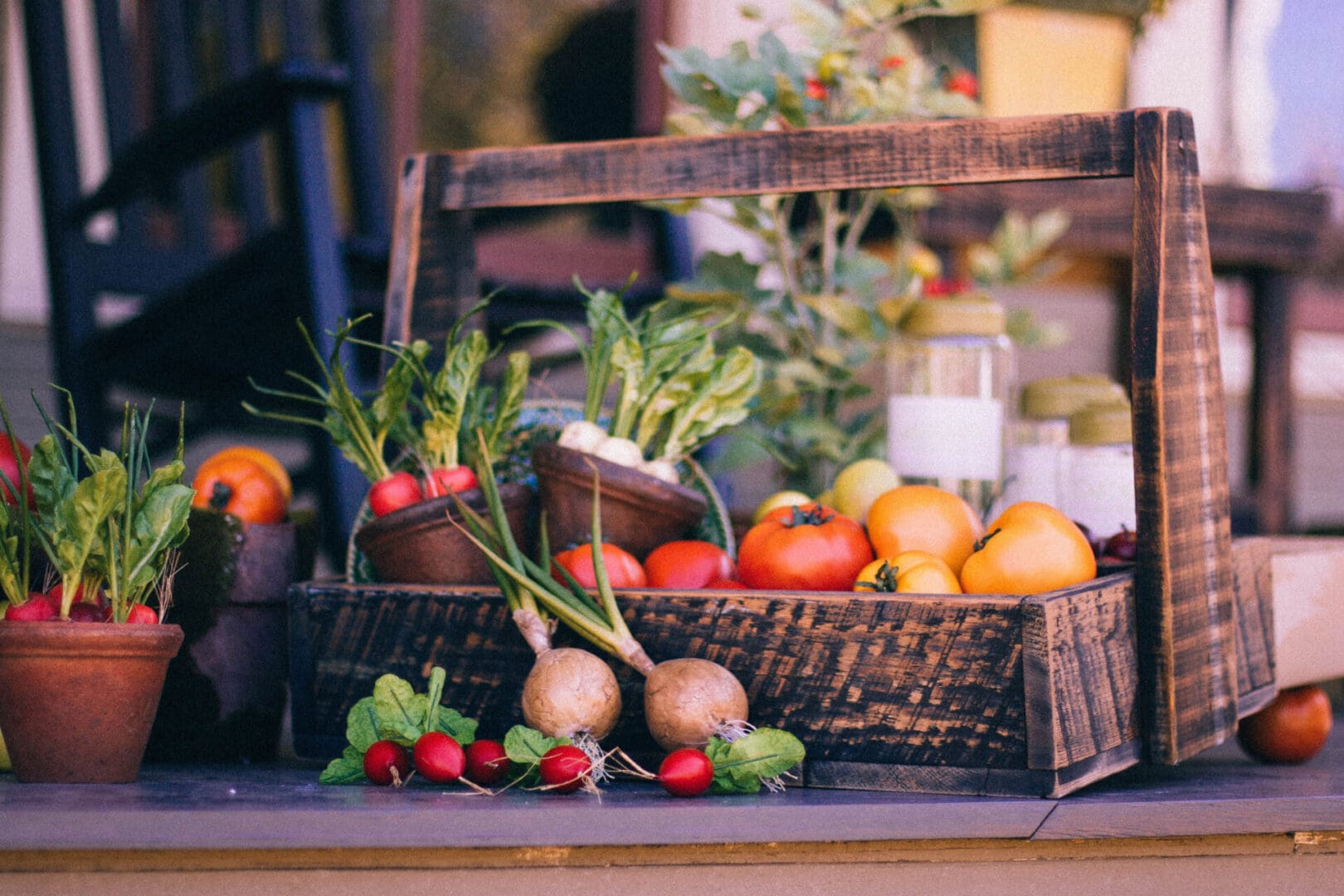Search Posts
Recent Posts
- In the news: Quick recap of the week’s news… 6.14.25 June 14, 2025
- Drowning in corruption in Bonnet Shores: Hundreds sign petition. No action by lawmakers. June 14, 2025
- Rhode Island Weather for June 14, 2025 – Jack Donnelly June 14, 2025
- Burn with Kearns: Train smarter, not harder. Multi-use fitness tools – Kevin Kearns June 14, 2025
- Out & About in RI: Miriam Hospital Gala raises over $890,000 June 14, 2025
Categories
Subscribe!
Thanks for subscribing! Please check your email for further instructions.

Edible Gardens: Tips and tricks to planting the perfect garden – Mary Hunt
by Mary Hunt, contributing writer
Planting an edible garden is now trendy — not that being part of a trend is ever a good reason to start or learn something new. But if it helps you move forward by being part of the “in” crowd, then you really need to plant your own edible garden this year.
Provided you remain frugal (it is possible to spend a fortune on a garden, thereby nullifying most of the reasons to do it), you’ll certainly save money. More than that, you’ll know exactly what you’re eating and where it came from.
There are myriad ways to get started. You can grow a garden in a black plastic trash bag, on a deck, in a pot or even on a windowsill. You don’t need acreage and perfect conditions to get started. You can do it now with what you have, right where you are.
There’s something soothing and satisfying about getting your hands dirty and watching stuff grow! Speaking of dirty hands … once you get going, here is a collection of great tips to further your success and enjoyment.
CLEAN NAILS. Keep dirt out from under your fingernails by scratching a bar of soap before beginning. When you’re finished, wash your hands thoroughly. The soap will wash away from under your nails.
NO RAILROAD TIES. Avoid using railroad ties in or around your vegetable garden. The chemicals used as preservatives to keep the wood from rotting are now thought to be toxic and harmful.
MAKE IT YOURSELF. Control powdery mildew with milk. Dilute 1 part milk in 9 parts water and spray on the plants.
MASTER’S TOUCH. Gently brush your hands across your tiny seedlings several times a day. This stimulates them to grow slightly slower, resulting in stronger, sturdier stems.
FREE WEED “CLOTH”. Use newspapers as weed barriers when creating a new bed. They are printed with soy ink and decompose nicely, and they are simple to replace once decomposed. Don’t use slick colored advertisements or colored pages. Once in place, cover newspaper with mulch.
FREE MULCH. Coffee and tea grounds make excellent mulch around acid-loving plants. Caffeine is a natural herbicide, but don’t overdo it.
PERFECT SEED STARTERS. Egg cartons make excellent seed starters. Punch a hole in the bottom for drainage. Fill it with potting soil. Plant your seeds. And watch them flourish!
CONSIDER CONDITIONS. When choosing plants for your yard or garden, analyze your sunlight, soil and climate first. Choose plants accordingly. Any garden center will have personnel to answer questions and help make appropriate selections.
MOSQUITO-REPELLING PLANTS.?These plants include citronella, lemon eucalyptus, cinnamon, castor, rosemary, lemongrass, cedar, peppermint, clove, geranium, verbena, pennyroyal, lavender, basil, thyme and garlic.
POTTING SOIL, PLEASE. Don’t use garden soil as potting soil in containers. Its quality and texture is variable; it may drain poorly, or be too loose and drain too quickly. It is also more likely to contain diseases, weed seeds and insects. Do it right the first time using a standard potting soil and you won’t be disappointed.
PROJECT HEAD START. Soak seeds to get a jump on the season. Before germinating, seeds need to drink up moisture, just as if drenched by spring rains. Once they become plump and swollen, the little embryo inside will begin to grow, signaling that it’s ready to be planted.
SEEDLING PROTECTORS. Keep cutworms away from seedlings with the cardboard centers of toilet paper rolls. Cutworms, which are moth caterpillars, creep along the soil surface, eating tender stem bases of young seedlings and cut sprouts off at the roots. That cardboard tube will protect seedlings from these predators.
___

Mary Hunt’s column, “Everyday Cheapskate,” can be found at creators.com.
